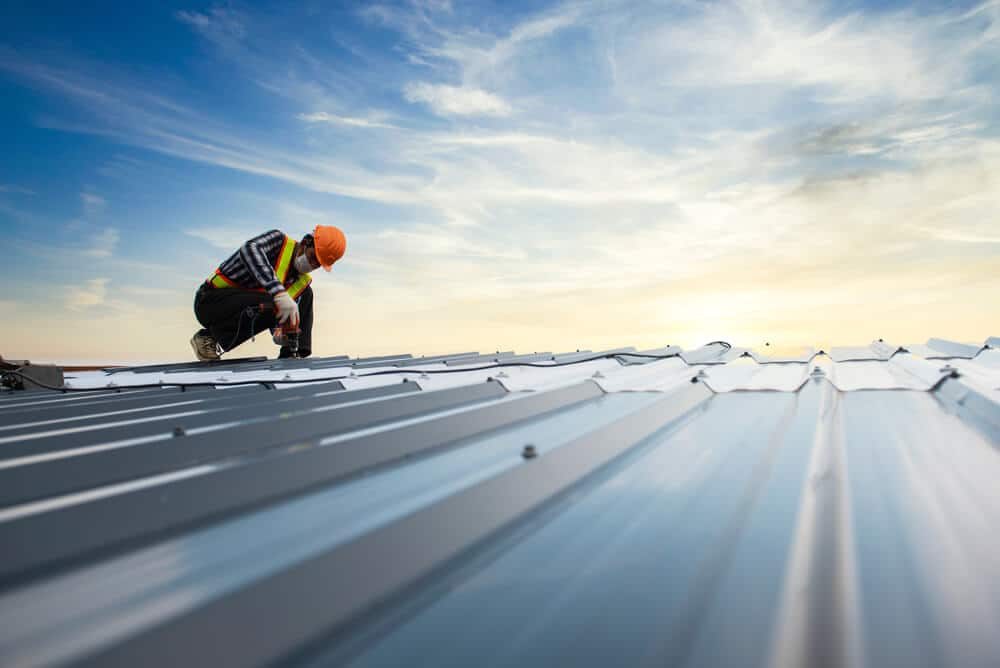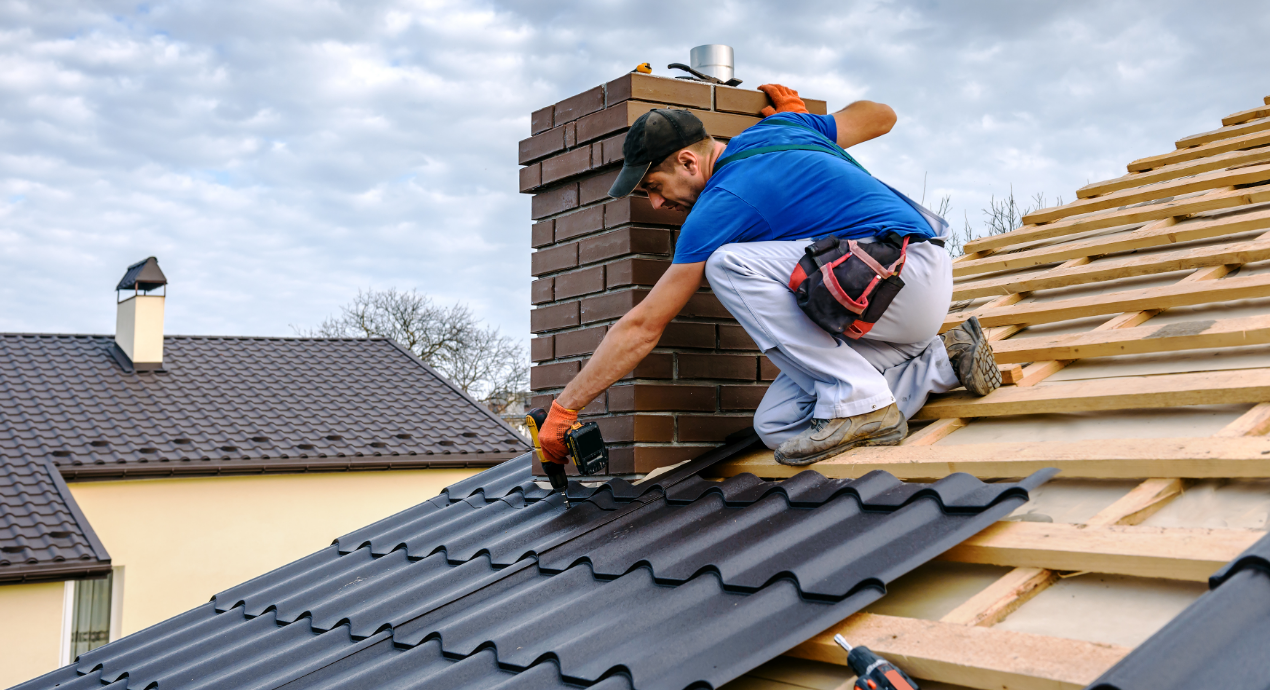The Roofing System Substitute Process: What to Get out of Beginning to End Up
Comprehending the roof substitute process is necessary for property owners considering this significant financial investment. Each phase, from the preliminary analysis of your roofing system's problem to the precise installment of new products, plays a critical function in ensuring long-lasting longevity and performance.
Examining Your Roof Problem
Examining your roofing system condition is a vital action in the roofing substitute procedure, as it establishes the essential activities to make certain architectural honesty and long life. Look for missing out on tiles, crinkling sides, or granule loss, as these suggest prospective vulnerabilities.
It is likewise vital to analyze the roofing system's flashing and gutters, as these components play a vital duty in routing water far from the roofing system and avoiding moisture accumulation. Any kind of rusted or harmed flashing should be kept in mind, as it might need repair work or replacement - roof replacement. In addition, take into consideration the age of the roofing; most roofing products have a life-span that, when surpassed, warrants replacement.
Selecting Replacement Products
Choosing the appropriate materials for your roofing substitute is important to attaining resilience, appearances, and energy effectiveness. The selection of roofing materials can significantly affect the life-span of your roof, as well as its performance under different climate condition. Common choices consist of asphalt tiles, steel roofing, ceramic tile, and slate, each offering distinct benefits and drawbacks.
Metal roofing, recognized for its long life and resistance to severe weather condition, can also enhance power performance with reflective homes. Tile roofs give a timeless look and are extremely durable, yet they can be much heavier and much more expensive.
When picking materials, consider variables such as climate, building codes, and your spending plan. Furthermore, consider the environmental impact of your options; numerous manufacturers currently use environmentally friendly alternatives. Eventually, the right roof covering material will certainly not only shield your home however additionally match its building style, making certain that your investment stands the test of time.

Employing a Professional Roofer
When you have actually figured out the ideal materials for your roof substitute, the following critical step involves employing a certified roof covering contractor. Selecting the best specialist is important to ensure that the installation is completed safely, efficiently, and in accordance with regional building codes.
Begin by seeking recommendations from good friends, family members, or next-door neighbors that have just recently gone through roofing system replacements. roof replacement. Online reviews and ratings can also provide beneficial understandings right into a service provider's online reputation. As soon as you have a shortlist, validate each specialist's credentials, including licensing, insurance, and any kind of pertinent accreditations
Set up for in-home estimates to analyze the range of work and obtain price quotes. During these consultations, inquire about their experience with your selected materials and demand referrals More hints from previous clients. A credible specialist ought to be clear regarding their process, timelines, and warranties.
Furthermore, guarantee that the contractor gives a composed contract detailing all job information, including settlement routines and conclusion timelines. This step not just safeguards you but also develops clear assumptions. By embarking on detailed research and due persistance, you'll be well-appointed to pick a contractor that satisfies your demands and supplies quality handiwork.

The Installation Process
The setup procedure of a roof covering substitute is a crucial phase that needs cautious execution and proficient workmanship. This you can check here stage typically begins with the removal of the existing roofing materials. Roofing professionals will ensure that all old shingles, underlayment, and flashing are completely removed to reveal the roof deck, permitting a comprehensive evaluation for any underlying damage.
As soon as the deck is examined and fixed if needed, the setup of the new roof can start. The procedure begins with the application of a water resistant underlayment, which serves as a barrier against dampness seepage. Following this, the new shingles or roof covering products are set up according to the manufacturer's requirements and neighborhood structure codes. Attention to detail is extremely important throughout this stage, as correct placement and protected fastening are crucial for the roof covering's durability and performance.
Additionally, the setup of air flow systems and flashing around smokeshafts, vents, and other outcroppings is vital to make sure optimal air movement and avoid leakages. The task concludes with a detailed cleanup of the task website, leaving the homeowner with a high quality roof covering that provides protection and tranquility of mind for years to come.
Post-Replacement Treatment
Post-replacement treatment is important to making sure the long life and performance of a newly set up roof covering. After the installation process is complete, house owners need to take specific steps to maintain their roofing's honesty and capability.

Secondly, routine cleansing is important. Keeping rain gutters and downspouts without debris will certainly make sure proper water drain, stopping water damage and mold and mildew growth.
In addition, it is a good idea to trim looming branches to decrease the threat of physical damage and protect against leaves from building up on the roof covering.
Verdict
In final thought, the roof covering substitute process involves a number of important phases, including assessing the roofing system's problem, choosing ideal products, working with a qualified contractor, and performing the setup with care. Interest to information throughout setup, such as making sure correct air flow and blinking, dramatically influences the roof covering's efficiency and long life.